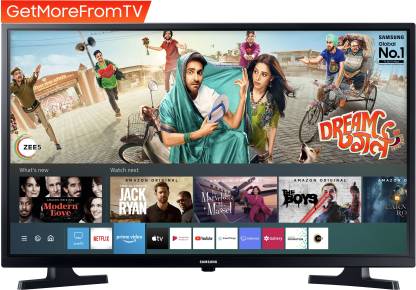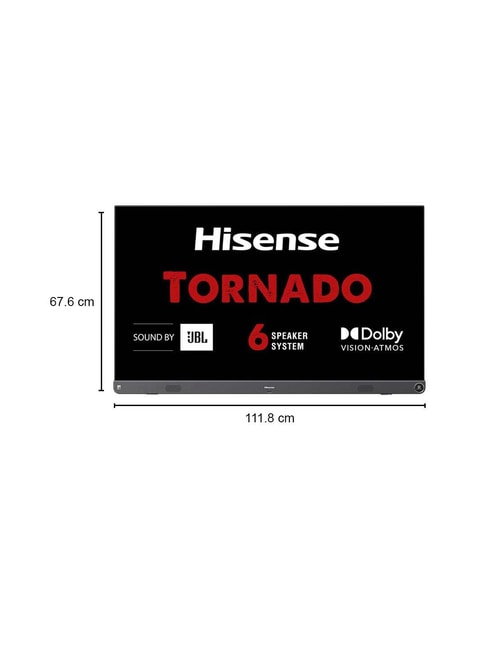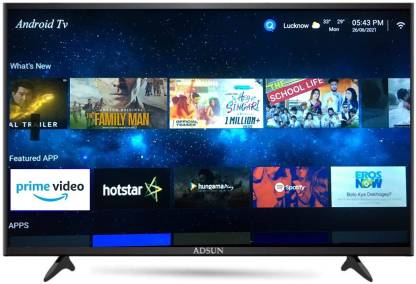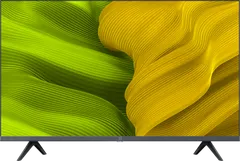3D Technology Development Timeline:
The article will be about the development of 3D technology and how it was first implemented in different countries.
Image source: https://www.flipkart.com/
The intent is to mention the countries that had their own "tests" with 3D, which then led to other countries adopting this technology when they saw it was popular. I plan on mentioning China, Korea and Japan as some examples.
Image source: https://www.smartprix.com/
In 1952-1953, Geroge Duca of General Electric Company proposed a way to transmit three different images simultaneously over one video signal using a projector.
Image source: https://www.amazon.in/
This paved the way for 3D television viewing by enabling viewers in the same room to make the illusion true in front of their eyes (as opposed to viewing it through glasses with limited vision).
Image source: https://www.reliancedigital.in/
In 1953, Fujio Masuoka developed a system of using two cameras to shoot one image. The image was split up between the two cameras and individual pictures taken by each camera were combined to form a 3D effect. This was the very beginning of 3D technology.
Image source: https://www.amazon.in/
In 1968, work began on technologising the camera systems so that they can make film instead of just video recordings. The first public demonstration of this breakthrough in technology was in 1972 in Osaka with a film called "3D Sex and Zen" which featured actress Kumi Taguchi.
Image source: https://www.tatacliq.com/
In 1975, 3D television was officially developed by JVC in Japan. This was the first time that a major company was able to develop and introduce a workable system for 3D viewing.
Image source: https://www.flipkart.com/
Since then there has been an ongoing battle between JVC and Samsung over who can market their product as the first 3D television. For this article I'll cite Samsung because they're from Korea and China got on board with them, not Japan. I'm excluding Stanley Kubrick's The Shining as it wasn't released for another year after it was filmed in 1980.
Image source: https://www.smartprix.com/
The current state of 3D viewing technology is TV' with 3D glasses sold in special shops, which are a lot more expensive than they used to be, and Blu-ray players which don't have 3D capability. The only way to get a 3D experience nowadays is put on the glasses or buy a Blu-ray player that has it.

Image source: https://rtings.in/
As of 2017, only 28 countries have successfully made their own tests with the technology:Georgia (1991 - 2002), Mexico (2008), China (2009), Korea (2010), Japan (2010), Argentina (2012), Brazil (2012),
Image source: https://www.reliancedigital.in/
Philippines (2012), Poland(2013), United States(2013) Turkey(2013) Spain(2014). Taiwan(2014). Taiwan(2014) Italy (2015), Australia (2015), Bulgaria(2015), China again(2015), Hong Kong(2016), South Africa (2017). Netherlands(2017).
Image source: https://www.shopclues.com/
China's first test with 3D technology was in 2009, and it only lasted for a year before the government took control of their 3D industry. Apparently there were issues with the 3D glasses and that was the reason that it halted. After the second test in 2010,
Image source: https://www.amazon.in/
the government decided to keep promoting and developing this technology as well as other opportunities available to them economically. Since then they have been invested in 3D animation, 3D textiles, electronics and other devices using this technology. They have had multiple events promoting the technology and its uses.
Image source: https://www.amazon.in/
Korea's first show was in 2010, with a movie called "Avatar 3D" by director Shin Tae-gyun. There was a huge turnout and they showed it at 0:3D:3D theaters so that everyone could experience it.
Image source: https://www.reliancedigital.in/
The film industry has also been developing this technology and making movies based on what they've learned from it.Japan's first test was in 2010 as well with a movie called "Tekkonkinkreet".
Image source: https://www.amazon.in/











Comments
Post a Comment